ACT’s ‘liberal’ voluntary assisted dying bill to reject death time frames
The ACT is set to introduce the most liberal euthanasia laws in the country, with no predicted time of death to access the scheme.
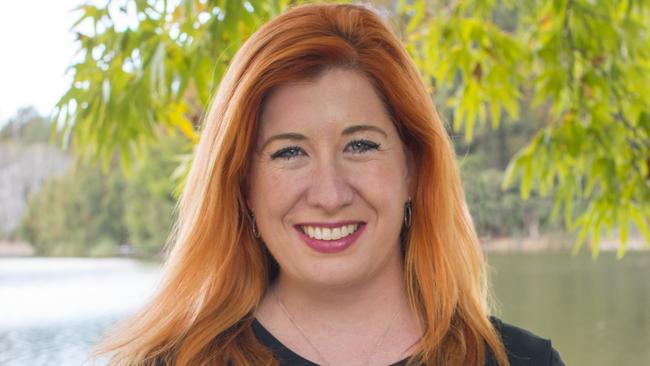
The ACT is set to introduce the most liberal euthanasia laws in Australia, with no need for a predicted time of death for terminally ill patients to access the scheme, which will also be available to residents in nearby towns in NSW with “links” to the nation’s capital.
Former ALP candidate and anti-euthanasia advocate Brendan Long told The Australian he understands the Labor-Greens cabinet had endorsed what will be the Territory’s first assisted suicide legislation, due to be introduced in the ACT parliament on Tuesday.
Dr Long said the laws would buck the trend of other Australian jurisdictions by not requiring doctors to give patients a life expectancy timeline of six to 12 months to be eligible for an assisted death.
He said the Barr government’s assisted suicide program will also be accessible to people with a link to the ACT, including residents of nearby NSW towns such as Queanbeyan.
A spokeswoman for the ACT government confirmed the legislation would be tabled in the Territory parliament on Tuesday, but would not comment on its details.
Terminally ill people in Queensland are able to access assisted suicide if doctors say they have fewer than 12 months to live, and the time frame is six months in Victoria, Tasmania, NSW, South Australia and Western Australia.
The ACT was given the green light to legalise euthanasia in 2022, after federal parliament repealed 25-year-old laws banning Territory governments from implementing assisted suicide schemes.
ACT Human Rights Minister Tara Cheyne told The Australian in June she was considering allowing teenagers as young as 14 to access the euthanasia scheme. The controversial push to allow minors to access assisted suicide was later abandoned.
However, the Barr government has committed to investigating how terminally ill minors and people with dementia could be included in the euthanasia framework in the future.
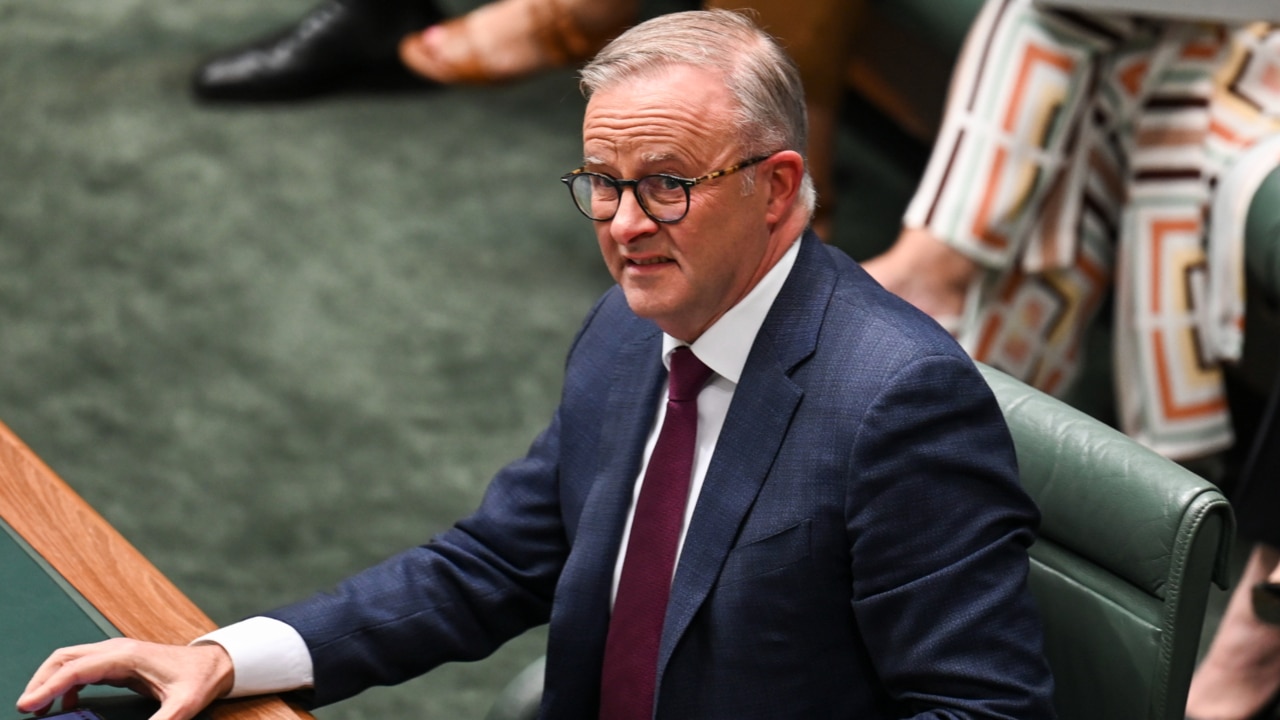
Dr Long, a senior research fellow at Charles Sturt University’s Australian Centre for Christianity and Culture, said the model would be the most “liberal” in Australia and warned the removal of all life expectancy requirements would open the gates to “state-sponsored suicide”.
“The government will have to be open to amendments to tighten this scheme or it will simply become a vehicle for people accessing state-sponsored suicide rather than a compassionate approach to end-of-life care,” he said. “The problem also exists that people will be able to shop between jurisdictions that are most favourable to them, and a real risk people from NSW who may not fit the test in that state will travel to Canberra to end their lives – so-called suicide tourism.”
Dr Long’s comments were made in his personal capacity and do not represent his employer.
Ms Cheyne, who led development of the legislation, previously described the requirement for patients to have a prognosis of six to 12 months to live as “arbitrary”, and community feedback had been overwhelmingly that the age limit of 18 was “considered to be an arbitrary limit”.
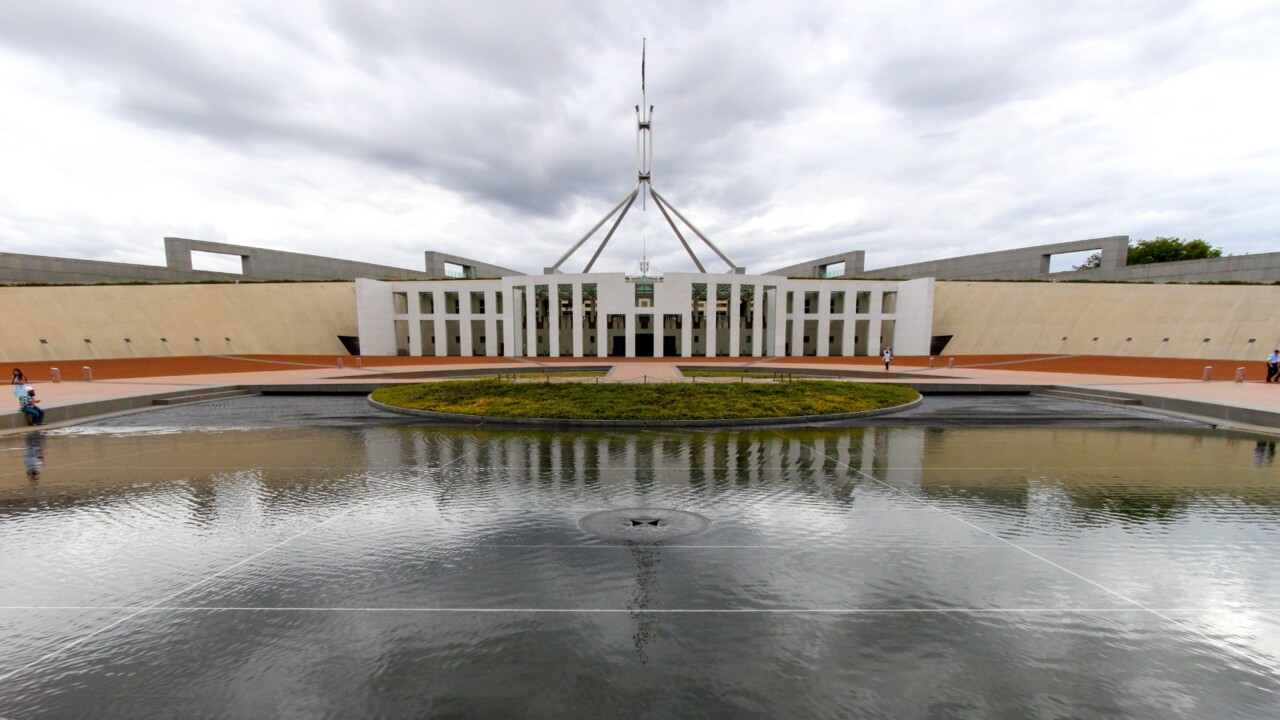
“Certainly, what we have heard loud and clear is that a time frame to death that has been applied in Victoria, and in all of the ensuing states of being 12 or six months, and that being the prognosis to death, has been problematic within the states,” she told The Australian in June.
“There are some people who do receive a terminally ill diagnosis, but it may be several years until they are given a prognosis that they have less than 12 months or less than six months to live.”


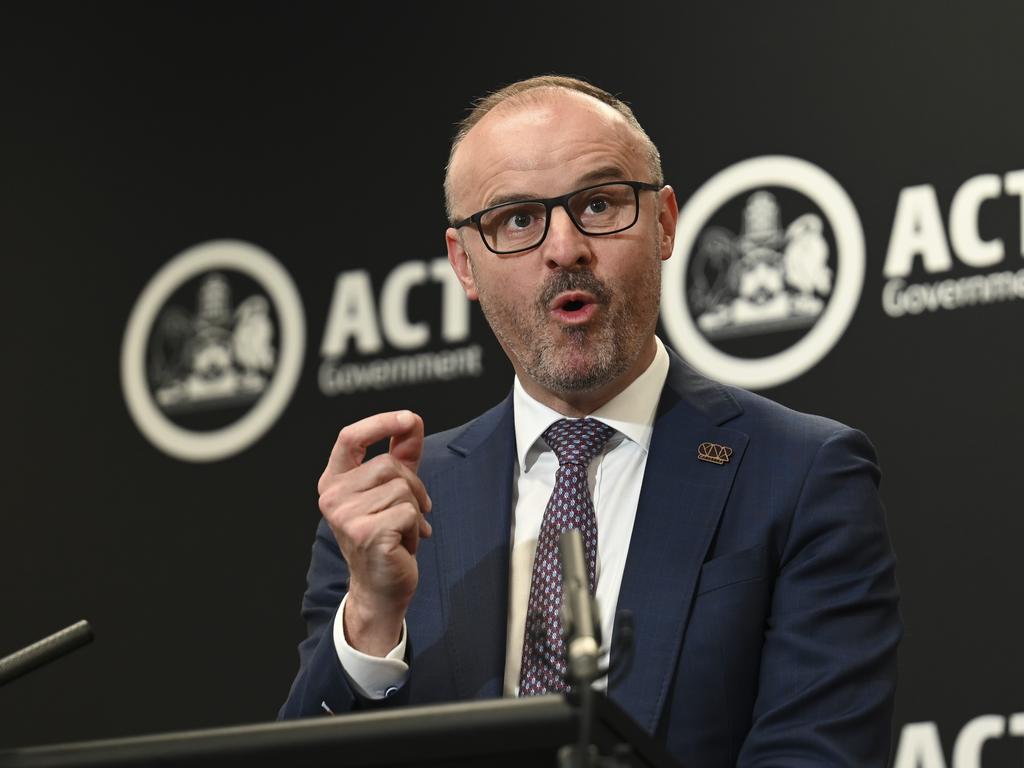

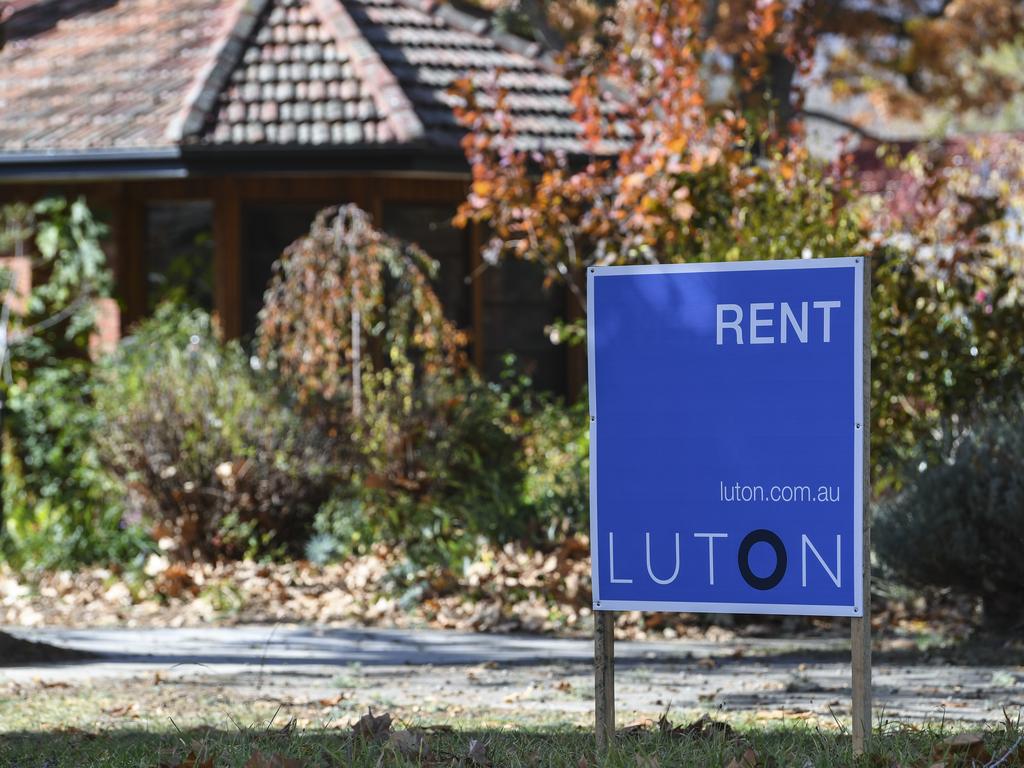
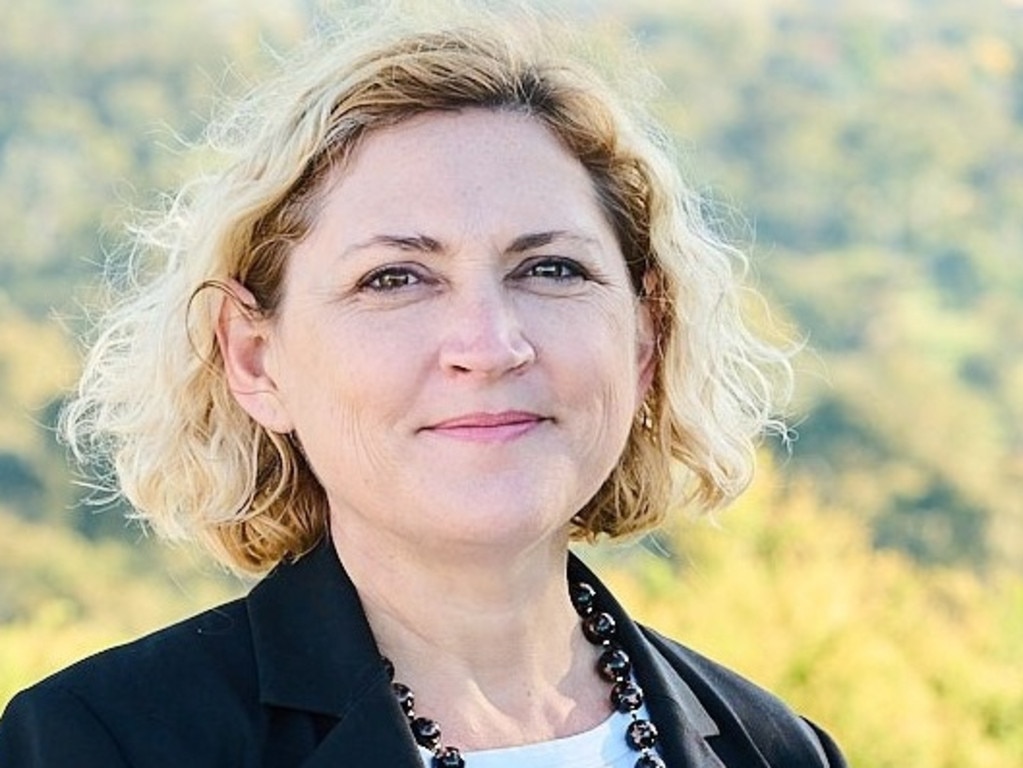


To join the conversation, please log in. Don't have an account? Register
Join the conversation, you are commenting as Logout